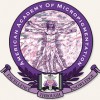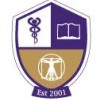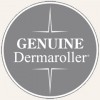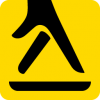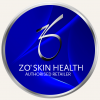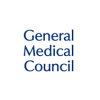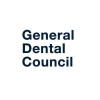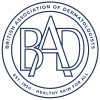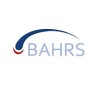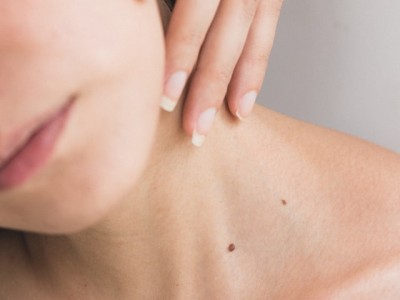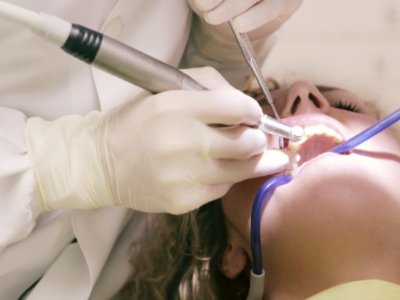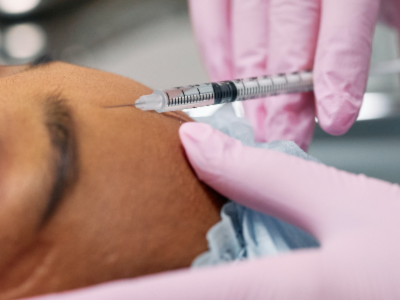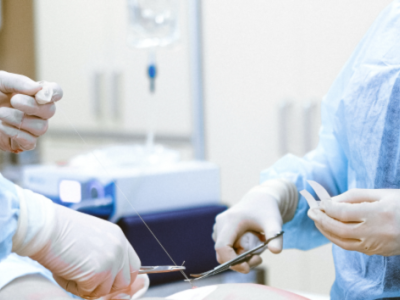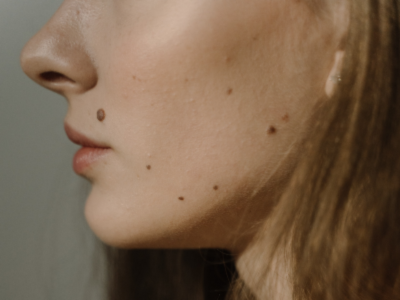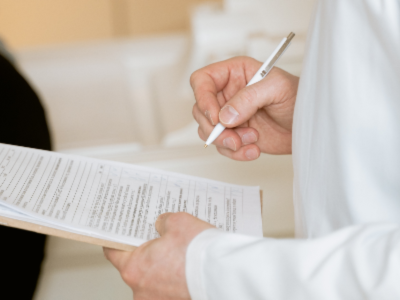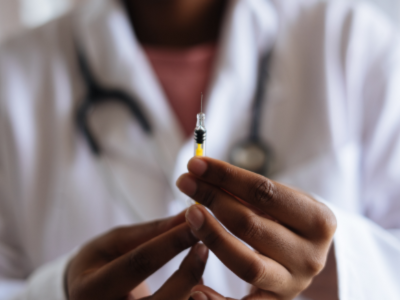Co2 Laser Skin Resurfacing in Southend-on-Sea, Essex at JR Medical
 For those of you who have been with us since 2003 when JR medical started to operate, you know that we have had a few different Co2 lasers on offer in the past.
For those of you who have been with us since 2003 when JR medical started to operate, you know that we have had a few different Co2 lasers on offer in the past.
However, no matter what technology or treatment we used, we couldn’t seem to achieve the results that we were looking for. For example, ice pick acne scars or loose sagging skin does not respond fully to anything except fractional or full ablative Co2 treatments.
But now, with state-of-the-art technology, iPixel Co2 from Alma lasers, we can utilise so many different techniques in one simple procedure. Advanced technology with maximum versatility for dermatology & aesthetic procedures.
iPixel Co2 Laser By Alma
The carbon dioxide (CO2) laser has been known to provide some of the most dramatic, age-defying results in the treatment of challenging skin imperfections including wrinkles, fine lines, photodamage, uneven skin tone and skin laxity, as well as in scar treatment.
Using the power of the CO2 laser, the optimal mix of ablative and thermal effects and an array of applicators and treatment modes for highly tailored procedures, Alma’s Pixel CO2 laser brings unparalleled precision and innovation to the field of dermatology.
What to expect on the day of treatment?
On the day of treatment, we ask you to come for your treatment showered and with no makeup. We would then numb you with a very strong local anaesthetic for 45 minutes and then take you to the treatment room. Depending on whether we perform a full ablation or fractional Co2, you can feel some degree of discomfort which is tolerable.
What should you expect after laser skin resurfacing treatment?
 Straight after treatment, you will be feeling like a severe sunburn and you will look extremely red. We will then apply post-treatment creams which help you soothe and calming down majorly straightaway. We will supply you with all your post-treatment care that you would need and advise you on do’s and don’t.
Straight after treatment, you will be feeling like a severe sunburn and you will look extremely red. We will then apply post-treatment creams which help you soothe and calming down majorly straightaway. We will supply you with all your post-treatment care that you would need and advise you on do’s and don’t.
For those of you who are prone to cold sores, we will prescribe a preventive dose of antivirus tablets just to make sure you are on the safe side. You shouldn’t take a shower on the night of treatment but from the next morning, you can take a shower with Luke warm water. On the first evening, the area of treatment will be sore and uncomfortable so we advise you on taking painkillers to have a good night sleep. We also suggest having antihistamine tablets, whichever you normally take, for the next morning.
The morning after the treatment, the area would be extremely tight and scabby but not as sore. The secret behind successful treatment from this point onwards lays in your hands rather than in ours - you must use a very thick layer of creams and oils to moisturise your skin.
 On days 3 to 5 depending on the severity of the treatment we have performed, the skin would peel off from the scabs and red row skin would form underneath.
On days 3 to 5 depending on the severity of the treatment we have performed, the skin would peel off from the scabs and red row skin would form underneath.
Bear in mind that keeping the skin moist and protected from the sun is very important for this treatment.
The image demonstrates the skin peeling phase with creams applied.
How soon will you see the results of the treatment?
Depending on the level of treatment the actual result could show from 1 month to 6 months later.
How many laser skin resurfacing sessions would you require?
Depending on the severity of the problem and intensity of the treatment performed you might require anything from 1 to 4 sessions of treatment. Following instructions given both during and after your laser skin resurfacing recovery may help you to heal faster.
Who would benefit from Co2 laser resurfacing?
 Those suffering from severe acne scars, diffuse lines and wrinkles, severe sun damage, loose and sagging skin, stretch marks and a lot more other conditions which can not be addressed by filling them up or other lasers, would respond to this laser.
Those suffering from severe acne scars, diffuse lines and wrinkles, severe sun damage, loose and sagging skin, stretch marks and a lot more other conditions which can not be addressed by filling them up or other lasers, would respond to this laser.
Pre/Post-Information Co2 Laser
The approximate recovery after laser skin resurfacing treatment is as follows:
DAY 1 Return home. Keep treated areas moist by reapplying ointment frequently. The face will start to swell, get bruised or turn bright red.
DAY 2 Extensive bruising and swelling. The face may go scabby and brown. You can start soaking with vinegar if advised by us. Apply ointment and creams regularly and religiously after soaks or even without soaks. Repeat at 6 times per day or as advised. May start to itch (use hydrocortisone cream and take Antihistamines. The key to successful treatment after your Co2 surgery is how much you keep your face lubricated and kept moist. Warning! At any point you were exposed to daylight, SUN PROTECTION IS COMPULSORY!
DAYS 5-14 Bruising and scabs starting to go away. Each time you clean your face you might experience pinpoint bleeding, just make sure you Do Not Tamper with scabs as they are a protective mechanism to the skin and they shouldn’t be picked or removed unless they come off on their own. Skin is being resurfaced. Discomfort much less.
WEEK 10 Usually the skin is fully resurfaced by now.
WEEKS 6-12 Redness usually faded by now.
3 MONTHS Enjoy your result and avoid the sun.
Makeup can be applied when the skin is fully resurfaced with no open wounds or scabs. To remove makeup and cleanse the face a non-irritating and non-soapy face wash should be used.
Before Treatment
Before your treatment, you may receive an antiviral, an antibiotic, pain pills and hydrocortisone cream depending on the severity and depth of your laser. (fully ablative or fractional ablative)
You should also purchase the following supplies prior to treatment.
- 2 Litre bottle white wine vinegar
- Generous supply of gauze sponges from a chemist
- Antihistamine tablets of your choice, Normally Loratidine 10 mg is advised.
- A large tub of CeraVe 454 gr pot from any chemist.
- Sun Protection SPF 50+.
- Painkillers such as Panadol Extra or Panadol Ultra.
Arrive for your treatment in comfortable clothing. Your top should button or zip rather than pull over your head.
Start taking the antiviral and antibiotic on the day or the night before.
Do not take any aspirin or any anti-inflammatory medicines for 2 weeks before and 2 weeks after your treatment unless you first discuss it with the Doctor. If you have only mild discomfort, you may take pain killers.
It is advised to not smoke 2 weeks prior to treatment and 3 weeks after. Smoking can affect your blood circulation and can significantly compromise your results/recovery.
You should thoroughly wash your hair with an antibacterial shampoo or soap the night before treatment. You may also be given a prescription for antibiotic ointment before treatment. If so, apply as directed by the Doctor.
After Treatment
After the laser treatment, the treated areas will be covered with ointment. You may notice some clear or yellow oozing from these areas for up to 7-10 days after. This is normal and expected.
*It is critically important to keep the treated areas moist at all times. They should never be allowed to dry and form crusts.*
For the first 24 hours keep reapplying ointment to keep the treated areas moist. After 24 hours start using the gauze sponges to soak the treated areas. The solution is made of 1 tablespoon of white vinegar mixed with 1 cup of clean, cool water. This should be done for 20-30 minutes each time, up to 6 times a day. This is until the skin has fully Epithelialized. This generally takes 7-10 days. Do the soaks for 20 to 30 minutes at a time.
After each soak, you should apply your ointment to the treated areas. Do not pick crusted areas. Do not allow the treated areas to dry out or scab over. Itching is common as the skin heals, this usually occurs in the first 5/7 days. Hydrocortisone cream may be applied to the itchy areas before applying the ointment. You may also take Antihistamines to ease the itch. If you become itchy at night we advise wearing bulky mittens to avoid any damage to the healing skin.
Between 2 weeks and 2 months after treatment
You may notice what looks like whiteheads on the treated areas. This is what is known as Milia. They represent areas where fresh epithelium has overgrown the underlying glands. They may be gently scrubbed and removed.
You should not do vigorous exercise and avoid physical exertion, lifting or straining for a minimum of 2 weeks after your treatment, as this could affect your wound healing.
You should not rub/massage your face or apply makeup until you have been seen by the Doctor. This normally takes 7-14 days. At this time the skin will be fully resurfaced (no weeping, blistering or breaks in the skin) and soaks will no longer be necessary.
Contact lenses should not be worn for the first 10 to 14 days after the treatment, as applying them can affect the healing skin around the eye.
You should avoid the sun and use sunscreen with at least SPF20 for six months after treatment. Sun exposure can cause hyperpigmentation. Therefore, avoid the sun, if at all possible.
Your skin will be bright red after the procedure. This is to be expected. The redness will gradually fade and begin to return to a more normal colour around the third week after surgery. However, some residual pink or light red colour will persist for 6 to 12 weeks. The length of time it will take for a complete return to the normal colouration of the skin will vary from person to person.
Thank you for adhering to these instructions
JR Medical is a clinic based in Southend-on-Sea, offering laser skin resurfacing in Essex, with over 25 years of professional experience in the cosmetic industry. All laser skin resurfacing treatments are administered by an experienced professional.
Make Enquiry Laser Resurfacing Blog
Call JR Medical now on 01702 314497
All of our services cover the whole of Southend-on-Sea including Westcliff-on-sea, Leigh-on-Sea, Rochford, Hadleigh and Benfleet. We also cover a wider area of Essex, including Rayleigh, Basildon, Grays and Thurrock.


